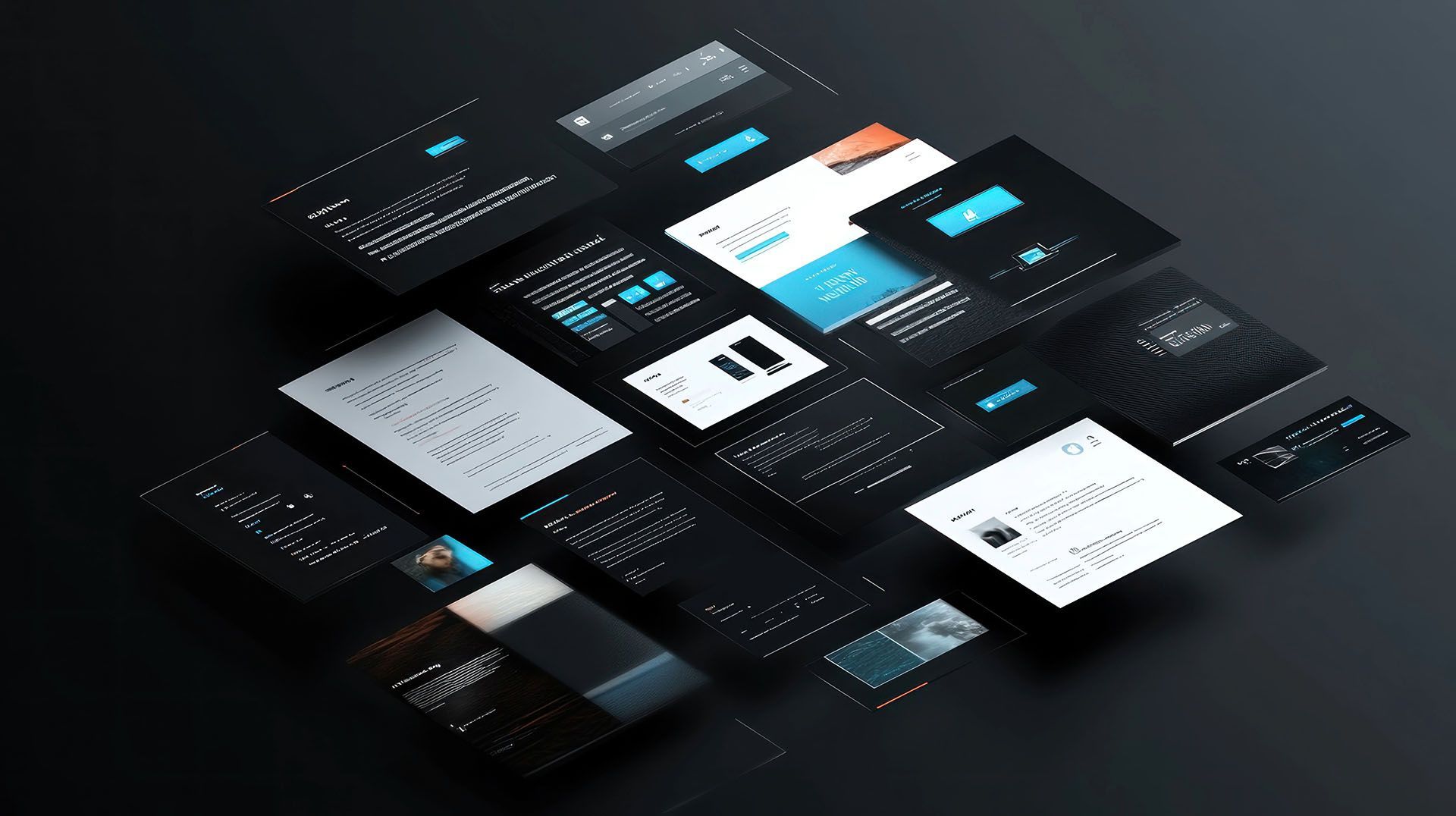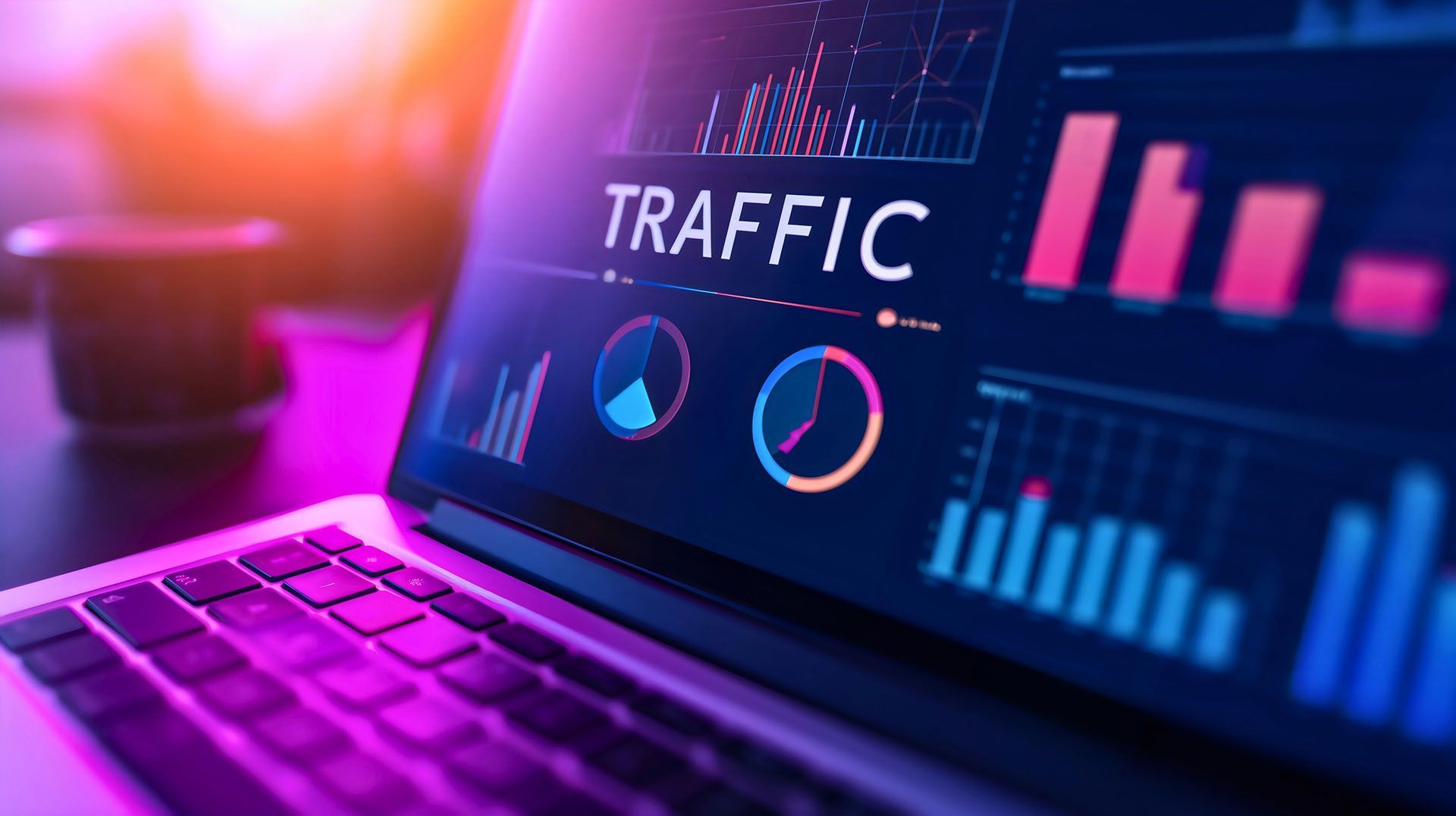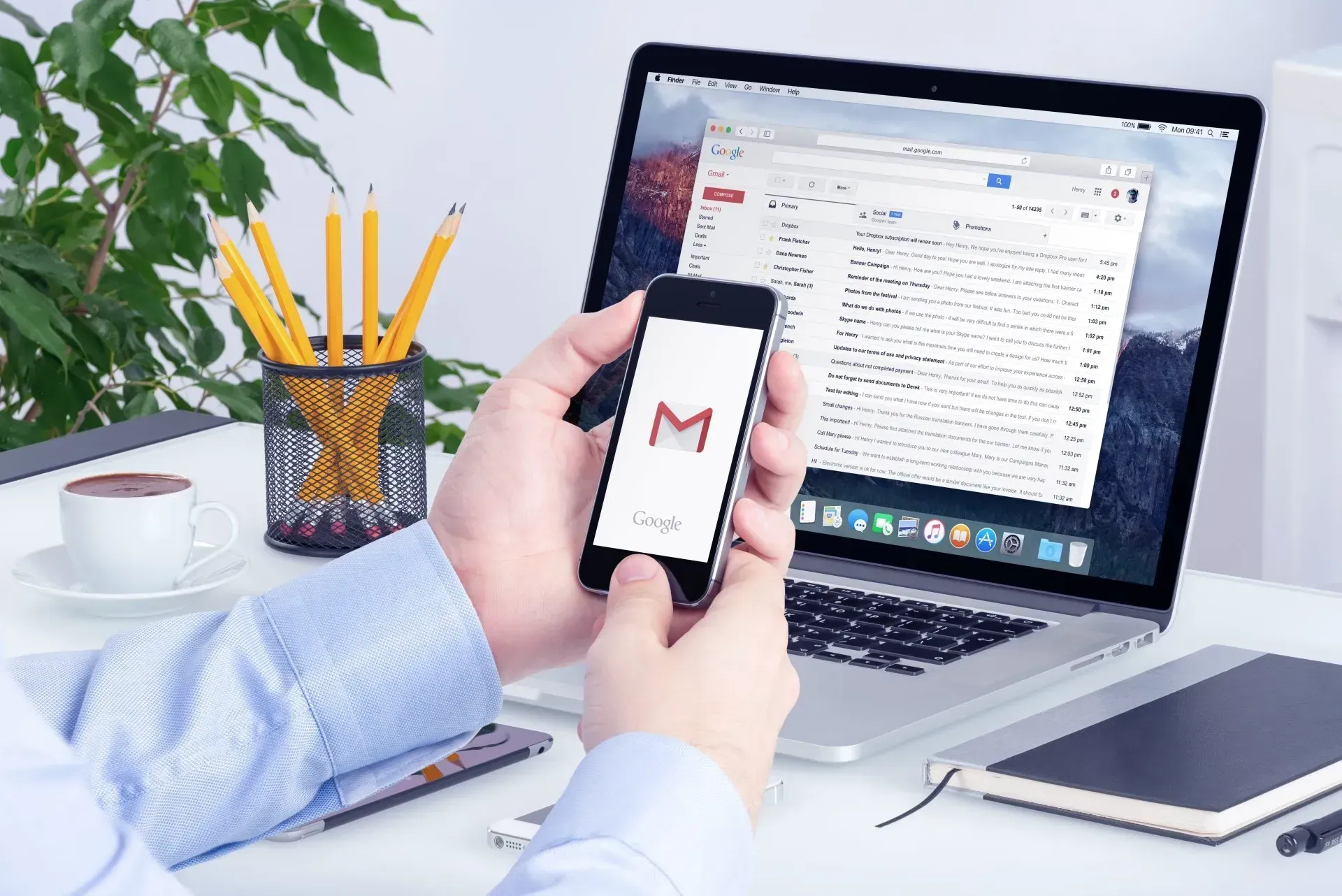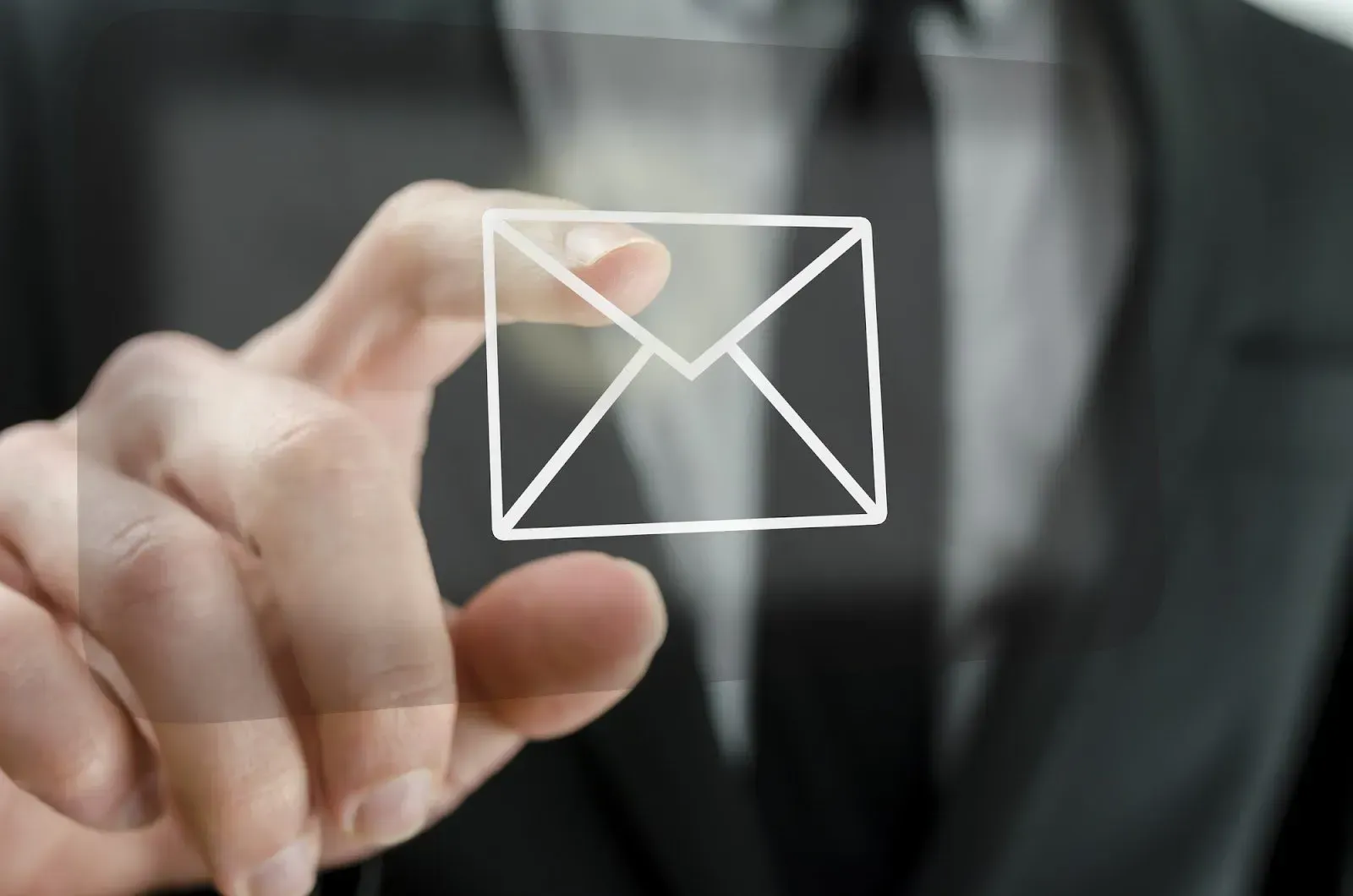Crown Street, Wollongong, 2500
Send Newsletters with MailChimp
Keep in contact with current and prospective customers by using Mailchimp to send marketing emails and newsletters. Customers, items, orders, discount coupons, and abandoned carts are all synchronised with Mailchimp. This information enables you to deliver customised emails and offers based on the customer's purchasing history.
Other Mailchimp marketing tools you can use to build your business include creating advertising for Facebook and Instagram, publishing and scheduling posts for Facebook, Instagram, and Twitter, and adding an email capture popup to your store. After connecting your Mailchimp account to your online store, go to the Store Control Panel, choose
Marketing, and then
Newsletters to view all possibilities.
Connect MailChimp to the Store
To link Mailchimp to your online store, do the following:
- Click eCommerce on the left side, then Manage Store.
- Then, under Marketing, select Newsletters.
- If you don't already have a Mailchimp account, click Connect Mailchimp or Sign up Free below the button.
- Follow the wizard's instructions:
- Choose Mailchimp audience. Customers from your store will be sent to the associated audience automatically. Those who do not opt-in to receive your emails will be added to the Mailchimp list as unsubscribed members. You can only send them advertisements, postcards, and transactional emails such as order confirmations.
- (Optional) Export your current store data to Mailchimp. This way, you'll be able to view all you know about your clients in your Mailchimp account, allowing you to personalise your email campaigns.
- (Optional) Connect your site to Mailchimp. This will enable you to install Mailchimp's pop-up signup form on the linked site, prompting clients to opt in for your emails. It will also allow you to build up retargeting emails in Mailchimp to remind clients about your store and urge them to make purchases.
You may also access your Mailchimp account from this page to build your mailing campaign, set up adverts, generate social posts, and add a registration pop-up form.
Create an Email Campaign
You may send emails after connecting Mailchimp to your online store. To accomplish this, you must first build an email campaign on your Mailchimp account.
To build an email campaign, follow these steps:
- Click Marketing, then click Newsletters, from the Store Control Panel.
- Click the Create Newsletter button. You will be sent to the Mailchimp website.
- Choose whether you want to launch a regular, automated, or plain-text email campaign. Learn the distinctions between these campaign kinds in Mailchimp's guide: Getting Started with Campaigns.
- Enter the Campaign Name.
- Click the Begin button.
- Create your email campaign. Mailchimp's hints will appear at every stage of the setup.
- Preview and test your email campaign.
- Click Schedule to choose when you want the email to be sent, or click Send to send the emails right away.
Keep in touch with your customers by sending newsletters at least once a month, but no more than once a week.

Love My Online Marketing has 10+ Years of working alongside businesses and helping them grow. Discuss your options for online success from website Design and Development through to Google Marketing.
Do you want more traffic and business leads?
Love My Online Marketing is determined to make a business grow. Our only question is, will it be yours?
































